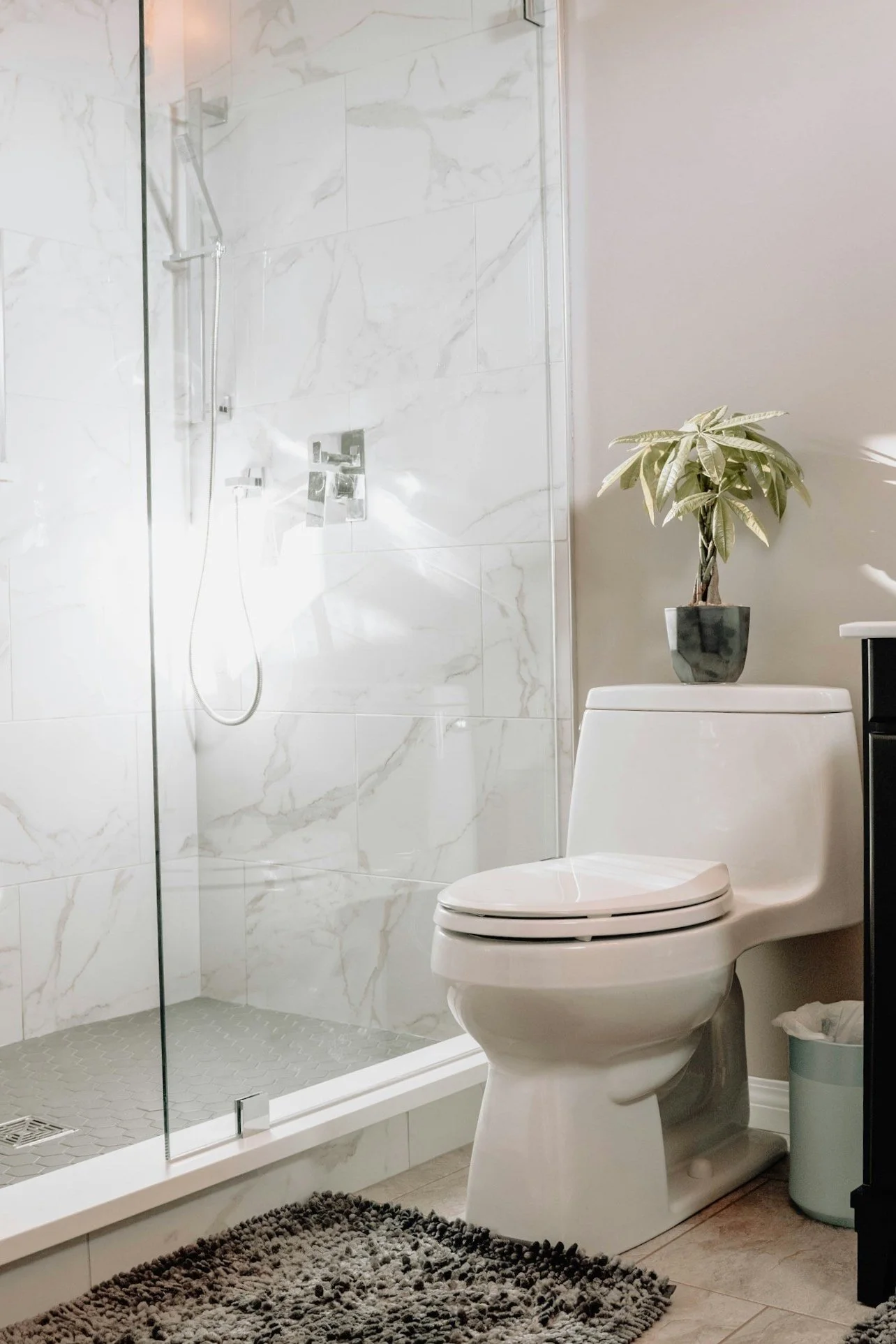Is Your Toilet Running? You Better Go Catch it!
A constantly running toilet is more than just an annoyance—it can be a silent water waster that adds significantly to your monthly water bill. If your toilet runs after every flush or intermittently kicks on, it’s time to address the issue before it drains both your resources and the environment.
Why a Running Toilet Wastes Water
A toilet that continues to run after flushing is typically the result of one or more faulty components inside the toilet tank. The most common culprits
• Worn-out flapper: The flapper controls water release from the tank to the bowl. When it becomes warped or worn, it won’t seal properly, causing water to leak into the bowl continuously.
• Malfunctioning fill valve: If the fill valve doesn’t shut off correctly, it can overfill the tank, causing excess water to flow into the overflow tube.
• Improperly set float: A float that’s set too high will cause the water level in the tank to exceed the overflow tube height, again resulting in continuous water loss.
These seemingly small issues can waste anywhere from 20 to 500 gallons of water a day. Left unchecked, that’s thousands of gallons a year!
How to Identify a Running Toilet
You might hear the toilet running water or notice it flushing on its own at times. If you’re unsure whether your toilet is leaking, try this simple test:
1. Add a few drops of food coloring or a dye tablet to the water in the tank.
2. Wait for about 10-15 minutes without flushing.
3. If you see colored water in the toilet bowl, you have a leak.
How Much Water (and Money) Are You Losing?
Water bills can skyrocket because of an unnoticed running toilet. Here’s a rough breakdown of how much water can be lost over time:
• Small leaks: Can waste up to 20 gallons a day.
• Moderate leaks: May waste around 200 gallons daily.
• Major leaks: Could exceed 500 gallons in a day!
With many municipalities charging for water based on usage, even a small leak can add hundreds of dollars a year to your utility bill.
Steps to Fix a Running Toilet
The good news is that fixing a running toilet is usually simple and inexpensive. Here are some common solutions:
1. Replace the flapper: If the flapper is old or deteriorating, it’s likely causing the leak. Flappers are inexpensive and easy to replace. Just be sure to turn off the water supply to the toilet before removing the old flapper.
2. Adjust or replace the fill valve: If the fill valve is malfunctioning, you might need to adjust the float or replace the valve entirely. Most modern toilets come with adjustable fill valves to prevent water from rising above a certain level.
3. Check and adjust the chain: The chain connecting the flush handle to the flapper might be too short or too long, causing the flapper to stay partially open. Adjust the chain length so the flapper can open and close fully.
4. Clean or replace the overflow tube: If the overflow tube is damaged or blocked, it may need to be cleaned or replaced.
When To Call the Pros
Sometimes, a simple DIY fix can go unexpectedly wrong, turning a minor repair into a bigger issue. If you’re unsure about the repair or run into trouble, Bethel Plumbing is just a call away to ensure everything is handled smoothly and professionally. Reach out to us for expert help and peace of mind.

